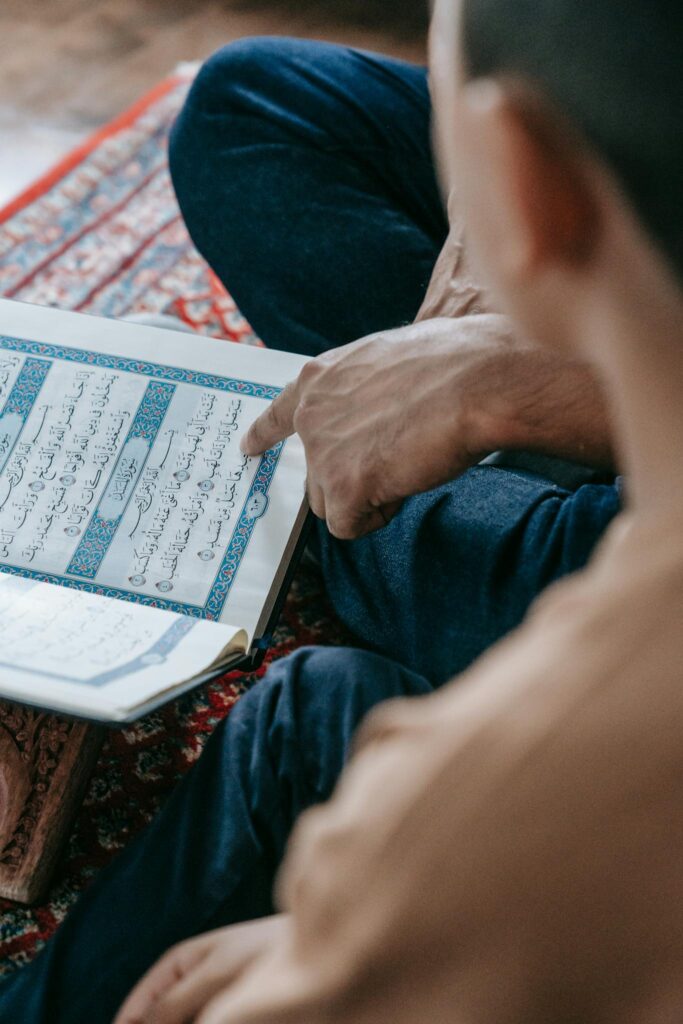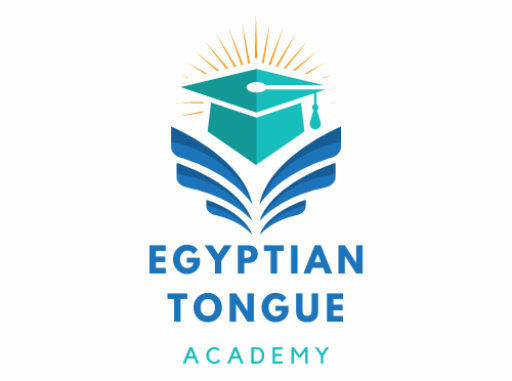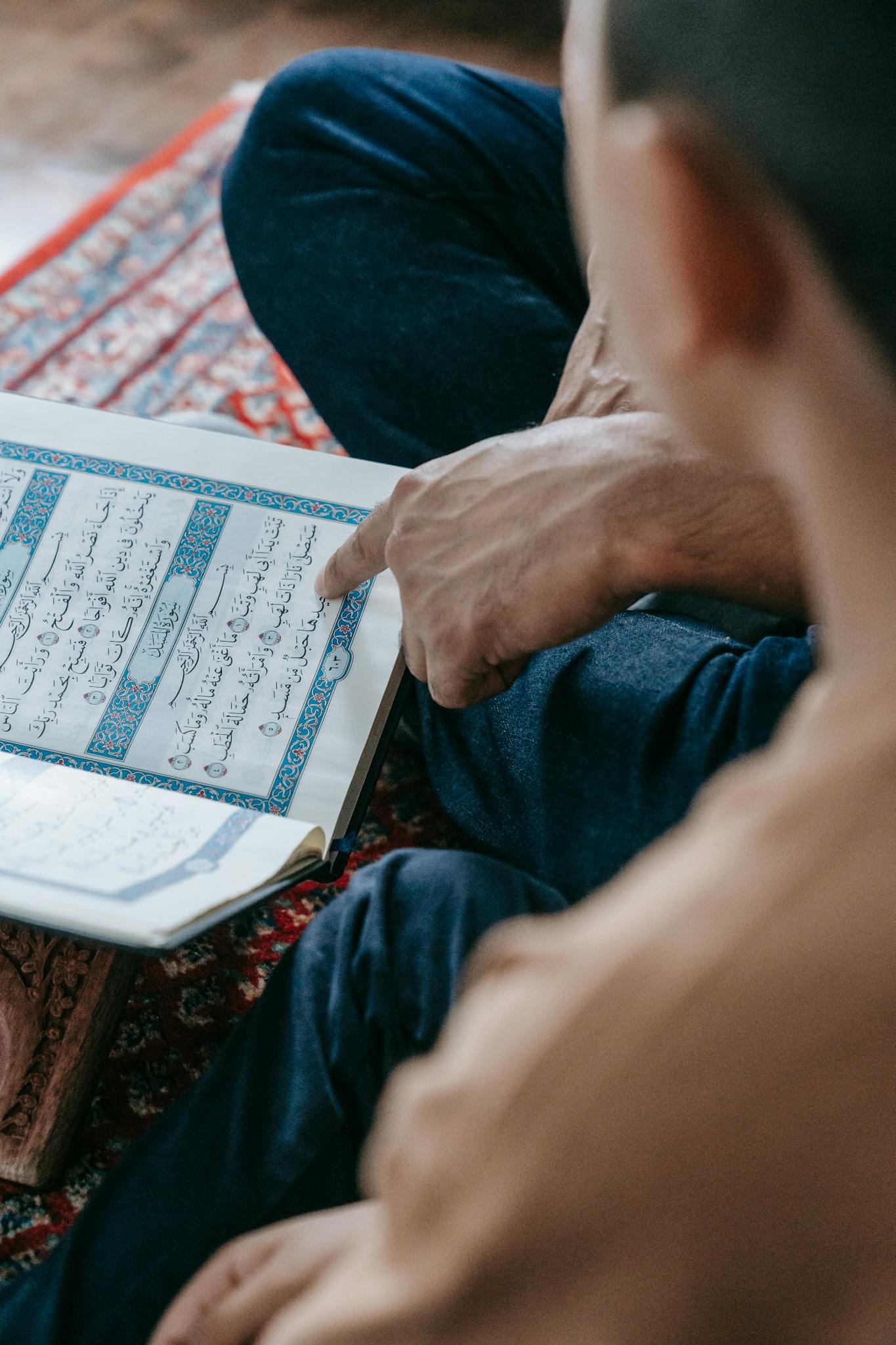Learn Arabic for Beginners: Your Exciting Ultimate Guide (2025 Roadmap)
For any beginner, the journey to learn Arabic for beginners can feel like standing at the foot of a massive, beautiful mountain. You’re inspired by the view, but you have no idea where the path begins. You’ve probably asked yourself: Is it too hard? Where do I even start? What about all the different dialects?
If you’ve felt that mix of excitement and overwhelm, you are in the right place.

This isn’t just another list of “10 tips.” This is a realistic, step-by-step guide designed to give you a clear roadmap. We’ll be honest about the challenges and show you a smarter way to overcome them.
In this guide, you will discover:
- The single biggest reason most beginners fail (and how to avoid it).
- A simple, proven method to master the Arabic alphabet.
- The real answer to the “MSA vs. Dialect” debate.
- A 6-month timeline to go from zero to confidently reading Arabic.
Let’s begin your journey.
Why Learn Arabic in 2025? Finding Your Deep Motivation
Before we talk about the “how,” let’s talk about the “why.” Your motivation is the fuel that will power you through the challenges. For many, learning Arabic is a deeply personal journey.
- For a Deeper Spiritual Connection: For over 1.8 billion Muslims, Arabic is the language of the Quran. Learning it isn’t just about translation; it’s about feeling the direct impact of God’s words during prayer (Salah) and understanding the holy book without a filter. It’s a path to a profound spiritual awakening.
- To Connect with Your Heritage: Millions of people have Arab roots. Learning the language is a beautiful way to connect with your family’s history, culture, and identity.
- For Career and Cognitive Benefits: The Arab world is a major player in the global economy. Speaking Arabic opens doors in business, diplomacy, and academia. In fact, a study from the University of Ghent has shown that learning a new language can delay the onset of dementia. Plus, learning a new language, especially one with a different script, is one of the best workouts you can give your brain!
Whatever your reason, hold onto it. It will be yourmpass.
Is Arabic Hard to Learn? The Big Question for Beginners
Let’s be honest: learning Arabic presents some unique challenges for English speakers. But these challenges are often misunderstood. They are not impossible walls; they are hurdles you can overcome with the right strategy.
Here are the 3 main challenges and how to systematically beat them:
- The “Scary” Alphabet: The script looks intimidating at first.
- The Wrong Way: Trying to memorize 28 random shapes.
- The Smart Way: Grouping the letters into “families” based on their core shape. For example, (ب, ت, ث) are all the same shape with different dots. Suddenly, 28 letters become about 8-10 basic shapes. It’s a system, not chaos.
- The “Impossible” Pronunciation: Letters like ‘Ayn (ع) and Haa’ (ح) don’t exist in English.
- The Wrong Way: Ignoring them or pronouncing them like English letters.
- The Smart Way: Treating it like a physical exercise. You need to train your mouth and throat muscles. With targeted, systematic practice (which we focus on heavily), your muscles learn, and the sounds become natural.
- The “Confusing” Dialects: This is the biggest point of failure for beginners. You learn one thing in a book and hear something completely different on the street.
- The Wrong Way: Randomly choosing a dialect or trying to learn everything at once.
- The Smart Way: We’ll solve this in the next section.
What Are MSA and Dialects? A Core Concept to Learn Arabic for Beginners
This is the single biggest question that paralyzes new Arabic learners. Should you learn Modern Standard Arabic (MSA), the language of books and news, or a dialect like Egyptian or Levantine?
Key Takeaway: Thinking of it as “MSA vs. Dialect” is the wrong way to frame the problem.
Think of it like this: Modern Standard Arabic is the “Operating System” (OS) of the language. The dialects are like “apps” that run on that OS.
We cover this debate in detail in our complete guide to MSA vs. Dialect.
If you learn the OS first, you understand the core structure, grammar, and vocabulary that is shared across all dialects. From there, learning a dialect becomes much, much easier. You’re just learning the new, quicker shortcut for a concept you already understand deeply.
Starting with a dialect is like trying to use an app without an operating system. It might work for a few specific tasks, but you’ll be completely lost when you try to do anything else.
Our recommendation is clear: Start with a strong foundation in MSA. Specifically, focus on mastering reading and pronunciation first. This foundation will make your entire future journey smoother and more successful.
Key Takeaway: The goal isn’t to speak pure MSA in the street. The goal for anyone wanting to learn Arabic for beginners is to build a foundation in MSA that allows you to rapidly pick up any dialect you are exposed to.
MSA vs. Dialect: The Definitive Answer for Beginners
This is the single biggest question that paralyzes new Arabic learners. Should you learn Modern Standard Arabic (MSA), the language of books and news, or a dialect like Egyptian or Levantine?
Key Takeaway: Thinking of it as “MSA vs. Dialect” is the wrong way to frame the problem.
Think of it like this: Modern Standard Arabic is the “Operating System” (OS) of the language. The dialects are like “apps” that run on that OS.
If you learn the OS first, you understand the core structure, grammar, and vocabulary that is shared across all dialects. From there, learning a dialect becomes much, much easier. You’re just learning the unique “shortcuts” and slang of that specific app.
Starting with a dialect is like trying to use an app without an operating system. It might work for a few specific tasks, but you’ll be completely lost when you try to do anything else.
Our recommendation is clear:Start with a strong foundation in MSA. Specifically, focus on mastering reading and pronunciation first. This foundation will make your entire future journey smoother and more successful.
Your Realistic Roadmap: A 6-Month Plan to Learn Arabic for Beginners
Forget “fluent in 3 months.” Here is a realistic, step-by-step plan to build a powerful and lasting foundation in Arabic.
Phase 1: How to Learn Arabic for Beginners – The Foundation (Months 1-3)
The goal here is singular: to read and pronounce the Arabic script accurately.
- Month 1: The Alphabet and Short Vowels. Focus on mastering the sound and shape of each letter, grouped by family. Learn the three core vowels (Fatha, Damma, Kasra) that give each letter its sound.
- Month 2: Long Vowels and Advanced Symbols. Learn the long vowels (Madd) and symbols like Tanween, Shadda, and Sukoon. These are the building blocks of every word.
- Month 3: Connecting Letters and Reading Words. Practice connecting letters to form simple three-letter words. The goal is to look at a word like كَتَبَ (kataba) and read it smoothly without hesitation.
Phase 2: Building Your Vocabulary and Sentences (Months 4-6)
Now that you can read, it’s time to understand what you’re reading.
- Month 4: Your First 100 Words. Focus on the most common nouns and verbs. Use flashcards and context to make them stick.
- Month 5: Understanding Simple Sentences. Learn the basic structure of a simple Arabic sentence (nominal and verbal sentences).
- Month 6: Reading Full Paragraphs. By the end of this month, you should be able to read and understand a simple, fully vowelled (tashkeel) paragraph from a children’s story or a simplified text.
Pro Tip: or anyone hoping to **learn Arabic for beginners**, consistency is more important than intensity.
The Best Way to **Learn Arabic for Beginners**: Finding a System, Not Just a Tool
You can find thousands of apps, videos, and resources online. But information is not a plan. A collection of tools is not a system.
The best way to learn Arabic for beginners is to follow a structured, step-by-step curriculum that builds on itself, led by a guide who understands the specific challenges you will face.
If you are serious about your journey and want a clear path that takes you from zero to confidently reading Arabic, our academy was built for you. But before you even think about that, we want to prove our method to you.
We have created a 100% free introductory course that lays out this entire roadmap in detail. In it, you will discover the exact strategy to master reading Arabic in 180 days.
Click Here to Get Your Free Starter Course and Master the Arabic Alphabet
Your journey up the mountain starts with a single, confident step on a clear path. Take that step today.


